Un sistema de verdades presentidas
A system of truths sensed
J.A. Ramos Sucre
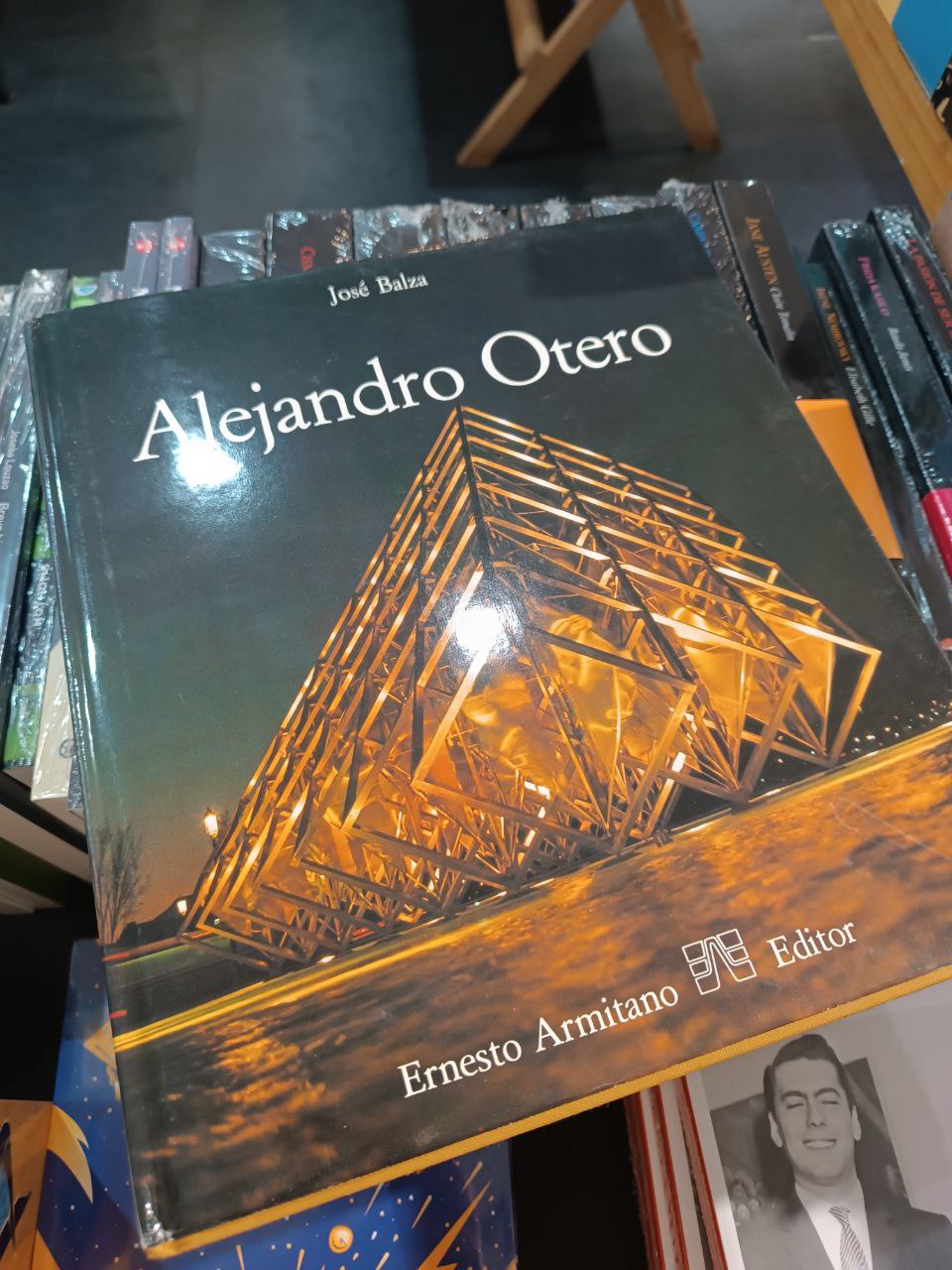
Español
Hace poco visité una de las librería que me parece tiene de la mejores muestras a la venta de libros de arte de Caracas, La librería Alejandría. Y muy grata fue mi sorpresa cuando me percaté que de se encontraba disponible un tomo de de una artista que hace tiempo quiero investigar: Alejandro Otero. Admito que no soy el mayor conocedor de su obra, pero hay una valor en lo que conozco y sé de sus obras que simplemente me dice que debo conocer más sus creaciones.
Como no quiero que esta breve nota sea una suerte de paseo biográfico o reseña histórica me aproximaré a esos aspectos de un formas más sencilla, desde mi experiencia que tengo de sus piezas. En particular quiero conocer e e indagar los "Coloritmos", composiciones que juegan con la cinética, la poesía visual, el ritmo y el color. sé que no son sus primeras obras y que es una investigación que formó parte importante de su vida, en este libro hay algunas muestras de ellas así como también las hay de otras piezas que me tiene cautivado.
Desde niño he vistos sus espejos que habitan la ciudad. Hay piezas de él que son insignias de Caracas y que, aunque no sepamos que pertenecen al arte, la arquitecturas o al hecho de la creación y expresión humana, simplemente tienen algo que cautiva la atención de quien transita los espacios en que habitan. En el libro hay muestras de algunos de esos espejos, así como y también lo hay de los bocetos de algunas de sus piezas.
Una cosa que descubrí ojeando las fotografías es que, para un verdadero asombramiento sobre lo que el arte puede llegar a hacer, hay piezas, (o huno, no sé su estado actual) de Otero en el MIT (Massachussets Institute of Technology por sus siglas en inglés), el "Instituto tecnológico de Massachusetts" en español. Esto sin duda me dio mucho que pensar, pues, por qué, cómo y para qué sus obras llegaron hasta allí. Estas preguntas me han dejando más intrigado sobre la dinámica y la composición de sus sobras.
Otro aparte que, aunque suene gracioso, me sorprendió un poco fue ver tal cual a Otero, antes nunca había visto fotografías suyas, solo había escuchado su nombre y conocido algunas obras, y la verdad es que esto pasa con muchos humanos emblemáticos o significativos en la historia, escuchamos de ellos pero no sabemos cómo se ven.
Quiero indagar con calma y admiración pacífica las imágenes y páginas de este libro, es un gran tesoro para mí y esto muy contento de haberlo conseguido tan inesperadamente. Sé que es además una gran edición, en líneas generales hacer libros de artes siempre demanda una calidad editorial alta si se quiere lograr el objetivo y más si si quiere hacer algo único como es una obra sobre las obras de un creador.

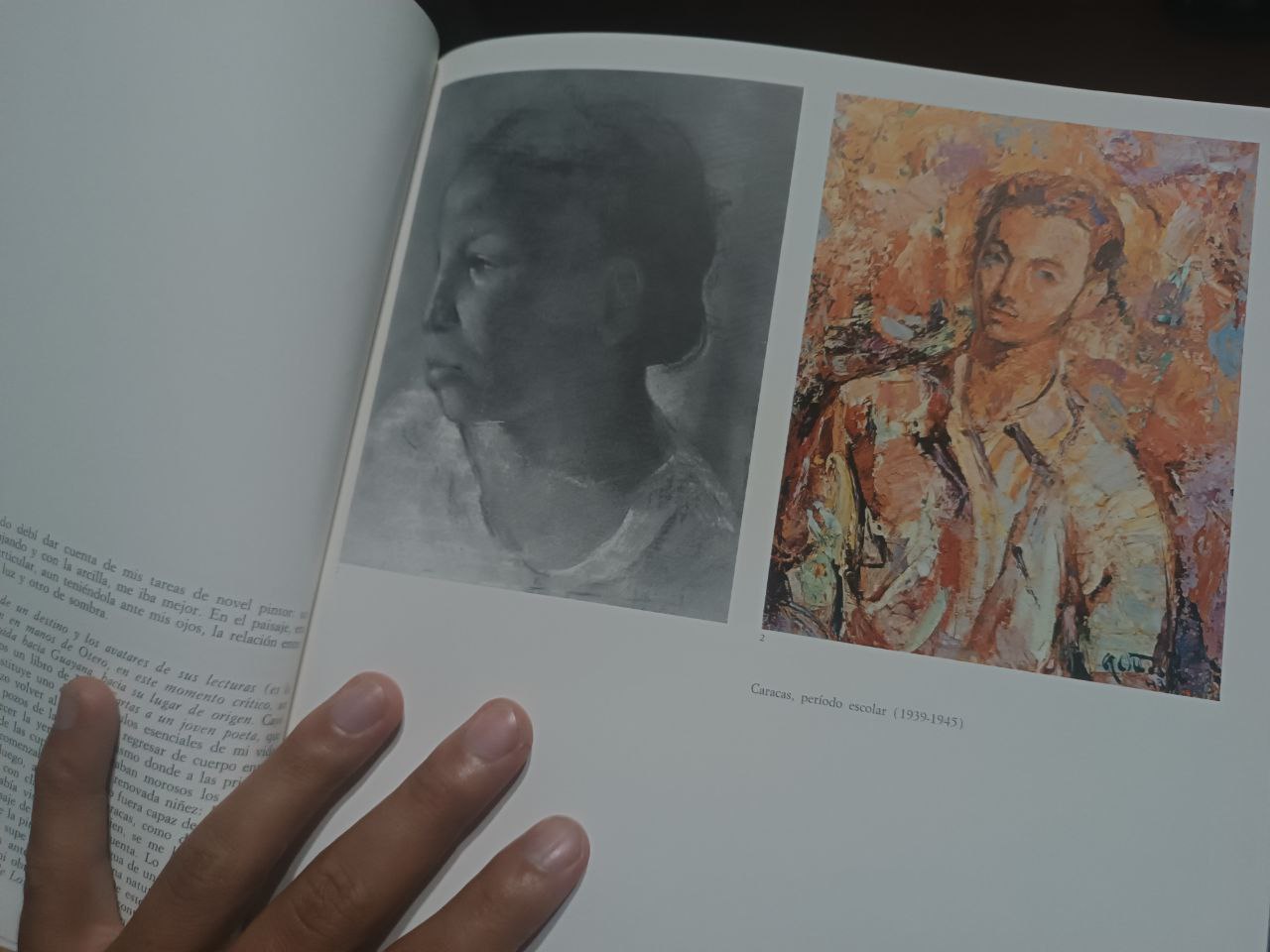
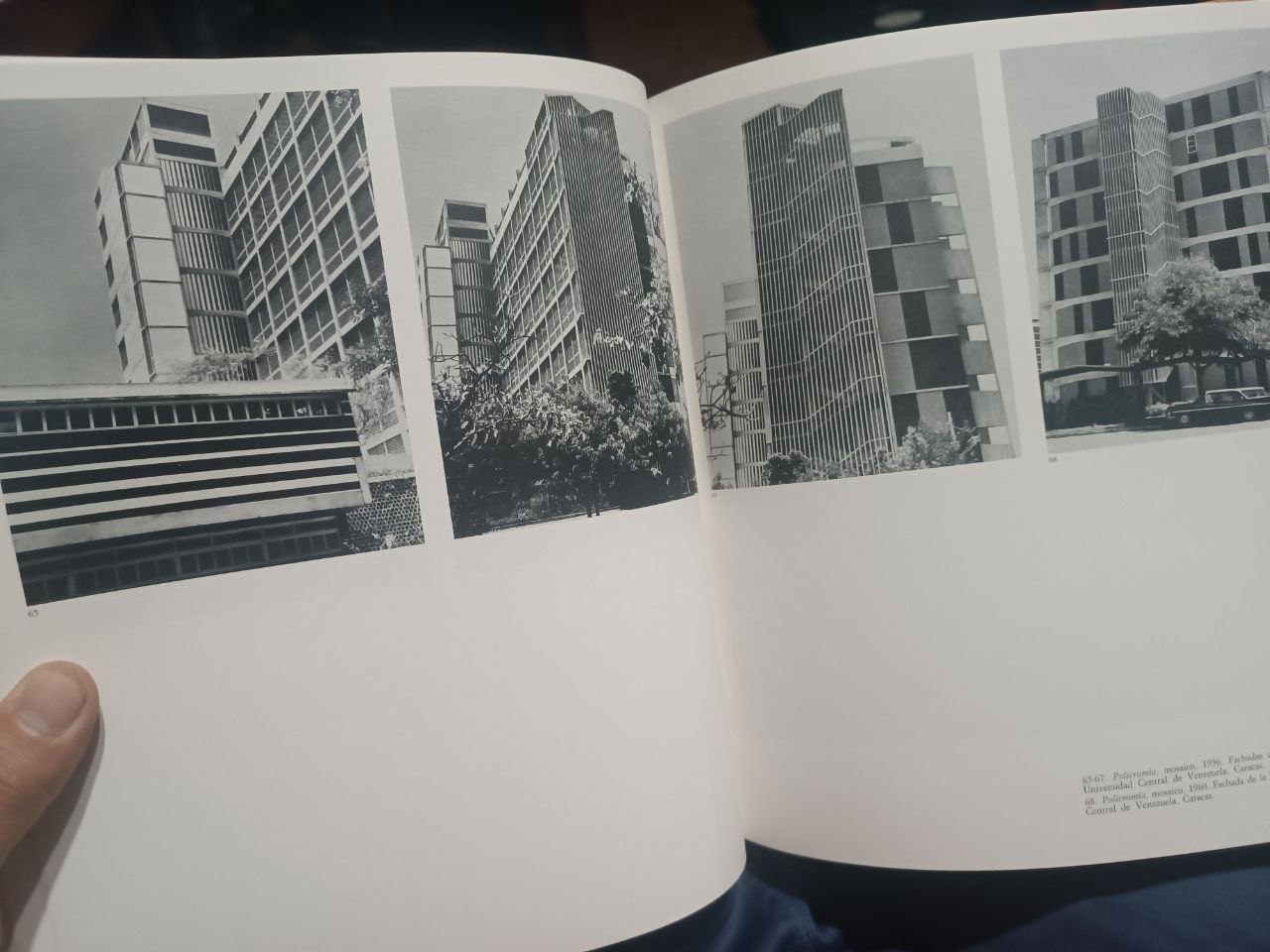

English
I recently visited one of the bookstores that I think has some of the best samples of art books for sale in Caracas, La librería Alejandría. And I was very pleasantly surprised when I noticed that there was available a volume by an artist that I have been wanting to investigate for a long time: Alejandro Otero. I admit that I am not the most knowledgeable of his work, but there is a value in what I know and know of his works that simply tells me that I should know more about his creations.
As I do not want this brief note to be a sort of biographical tour or historical review, I will approach these aspects in a simpler way, from my experience I have of his pieces. In particular I want to know and investigate the “Coloritmos”, compositions that play with kinetics, visual poetry, rhythm and color. I know that they are not his first works and that it is an investigation that was an important part of his life, in this book there are some samples of them as well as other pieces that have captivated me.
Since I was a child I have seen his mirrors that inhabit the city. There are pieces of his that are insignia of Caracas and that, although we do not know that they belong to art, architecture or to the fact of creation and human expression, they simply have something that captivates the attention of those who pass through the spaces they inhabit. In the book there are samples of some of these mirrors, as well as sketches of some of his pieces.
One thing I discovered while browsing through the photographs is that, for a true amazement at what art can do, there are pieces, (or huno, I don't know their current state) by Otero at MIT (Massachussets Institute of Technology), the “ Instituto Tecnológico de Massachusetts" in Spanish. This certainly gave me much food for thought as to why, how and for what purpose his works got there. These questions have left me more intrigued about the dynamics and composition of his leftovers.
Another aside that, although it sounds funny, surprised me a little was to see Otero as he was, I had never seen photographs of him before, I had only heard his name and known some works, and the truth is that this happens with many emblematic or significant humans in history, we hear about them but we do not know what they look like.
I want to investigate with calm and peaceful admiration the images and pages of this book, it is a great treasure for me and I am very happy to have gotten it so unexpectedly. I know it is also a great edition, in general terms, making art books always demands a high editorial quality if you want to achieve the goal and even more if you want to do something unique as a work about the works of a creator.
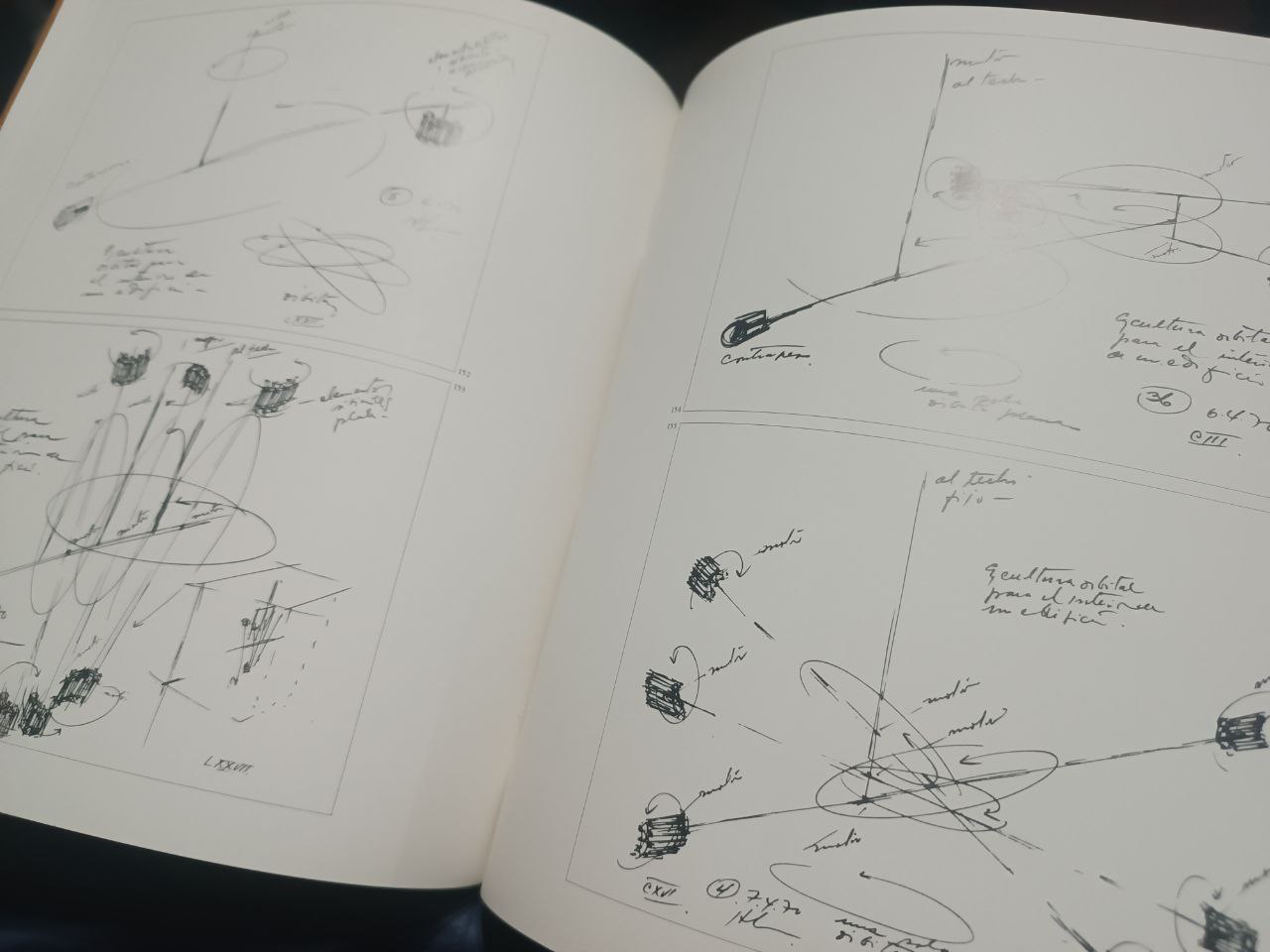
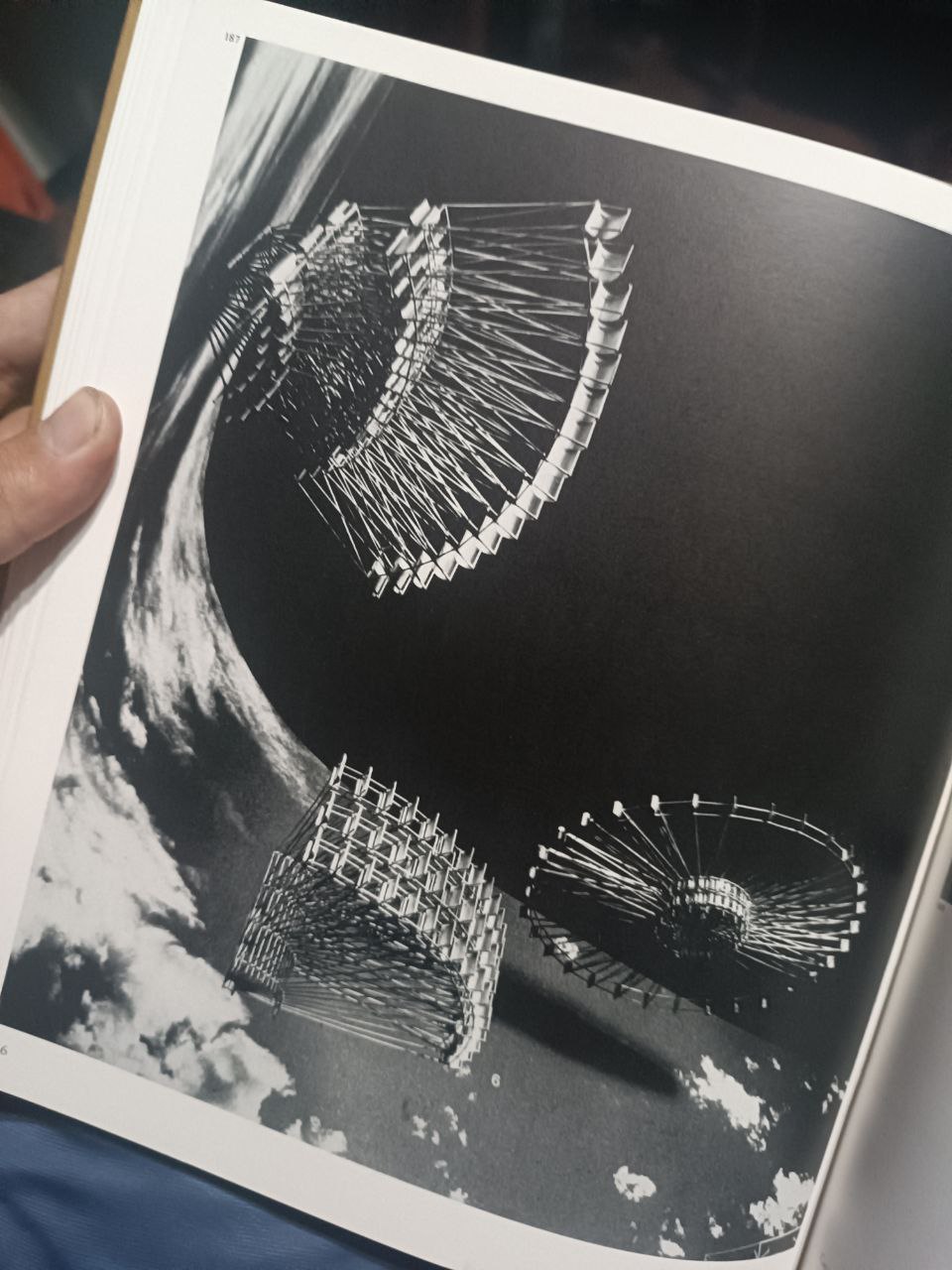
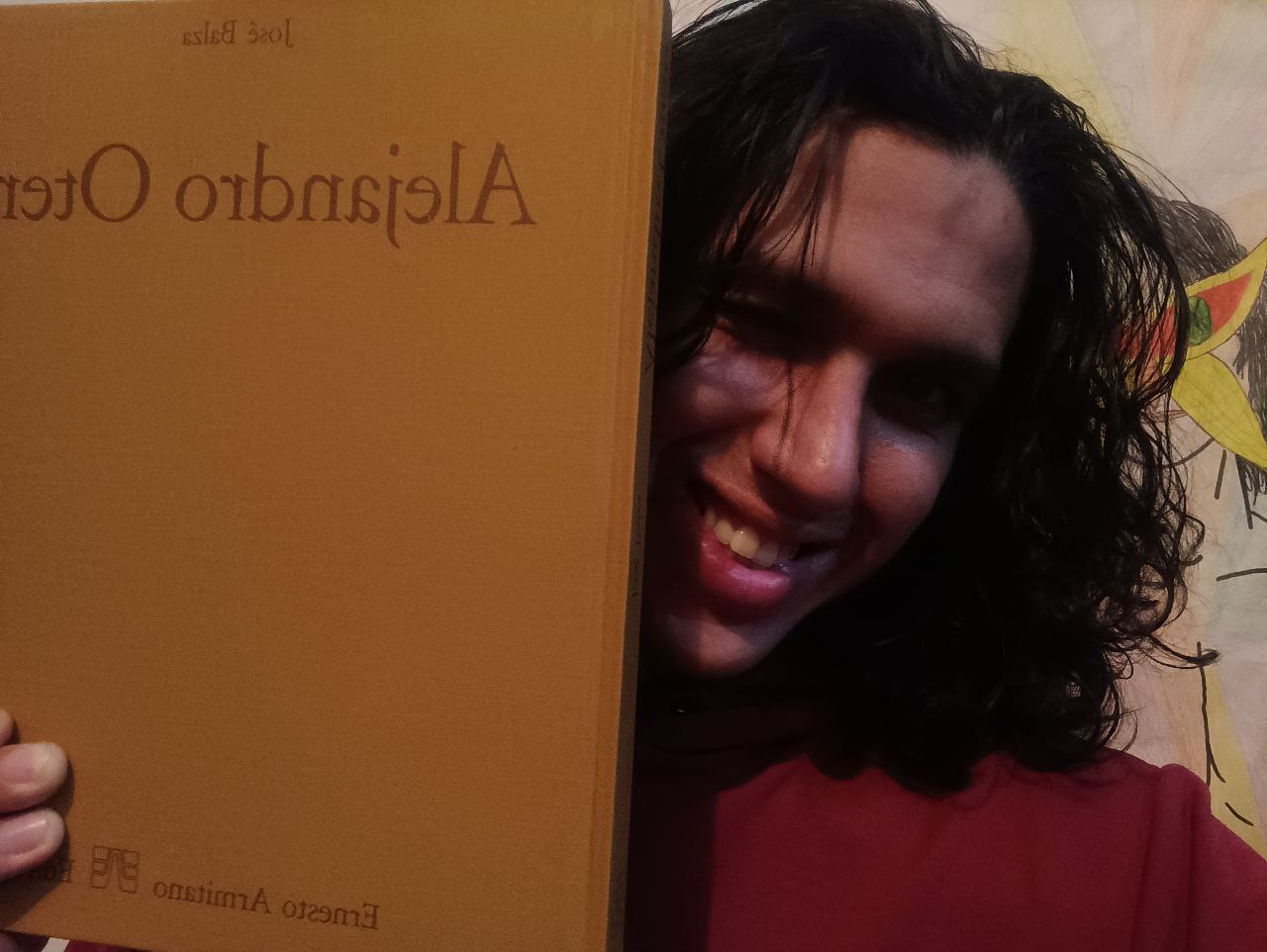
Para el lector: Esta suerte de saga en prosa poética es una construcción recurrente en mi virtualidad, (aún cuando a veces tenga silencios). ¿Quieres más? Cuéntanos tus días y continuemos así las páginas de este libro poético. Gracias por leer.
To the reader: This sort of saga in poetic prose is a recurrent construction in my virtuality. You want more? Tell us about your days and let's continue with the pages of this poetic book. Thank you for reading.
[Para la traducción: DeepL. Son geniales] [For translation: DeepL. They're great]